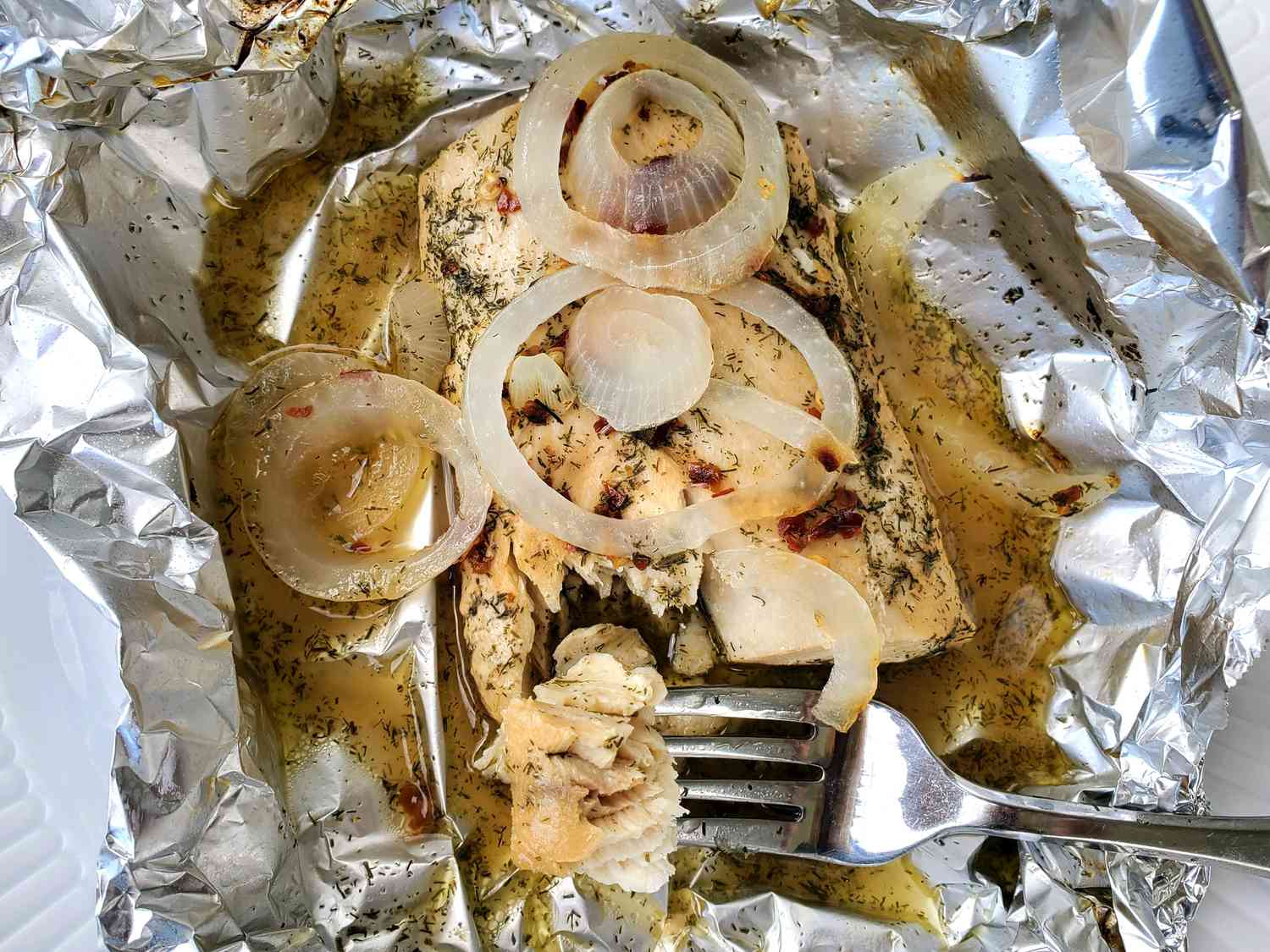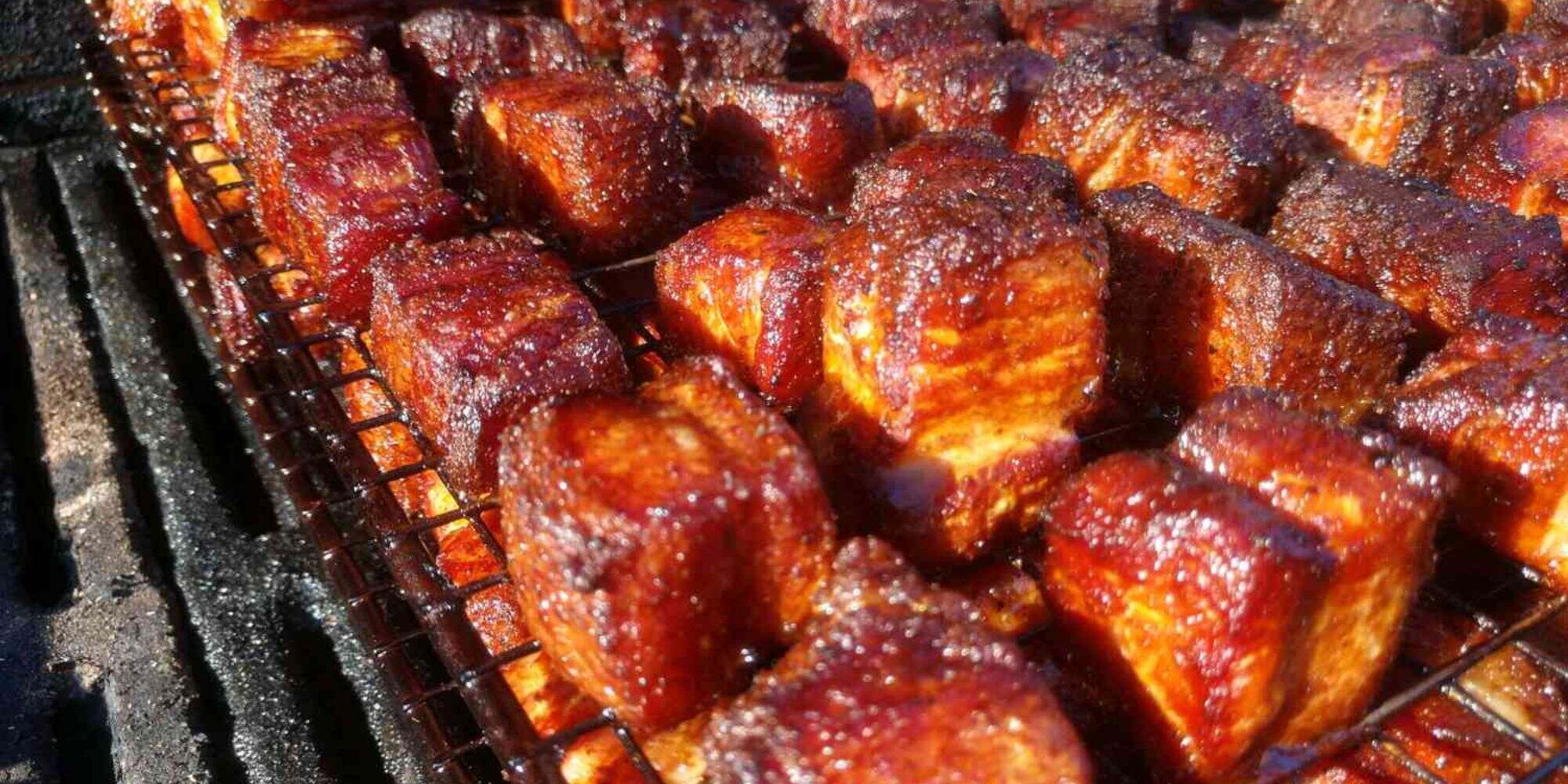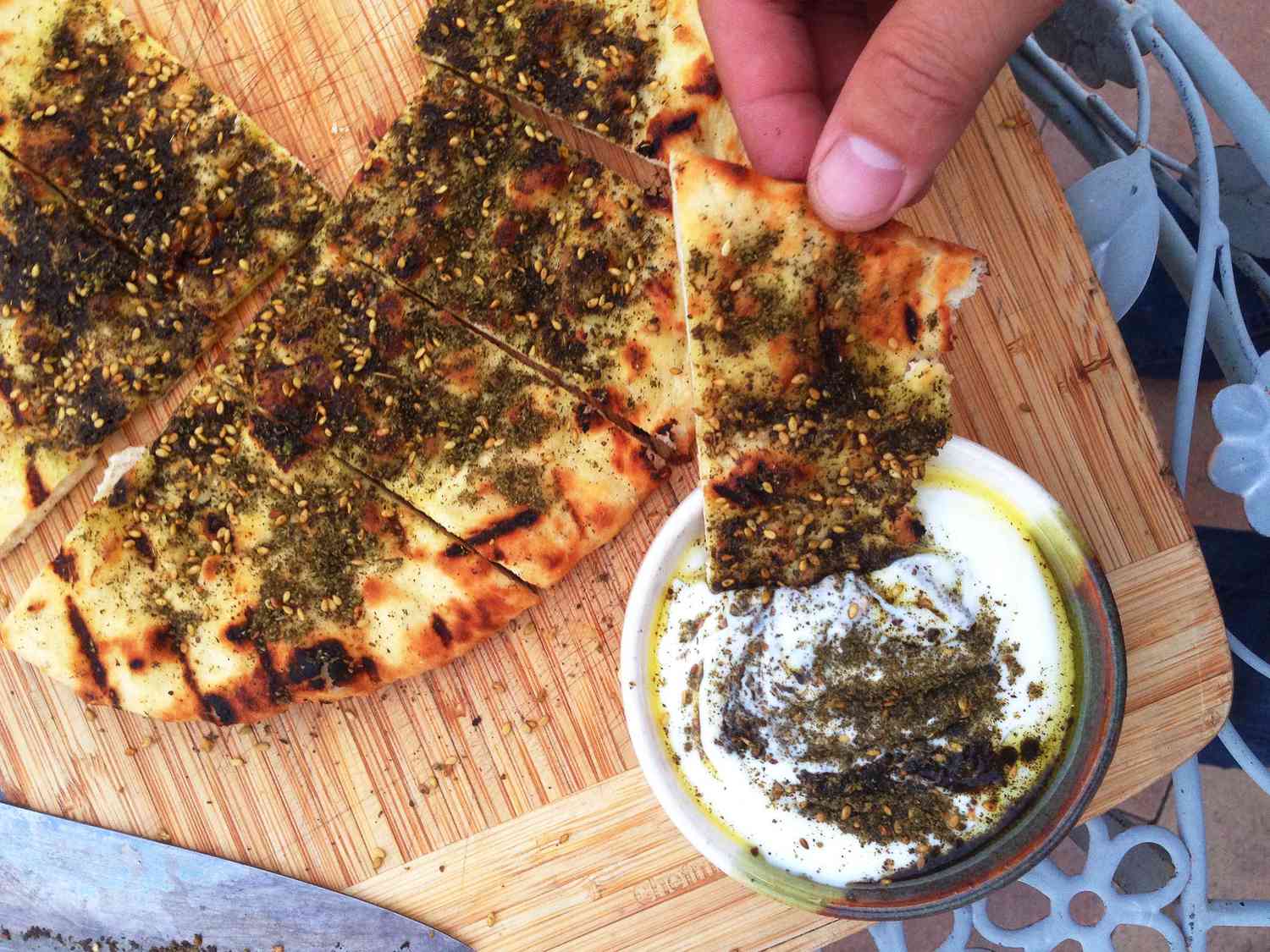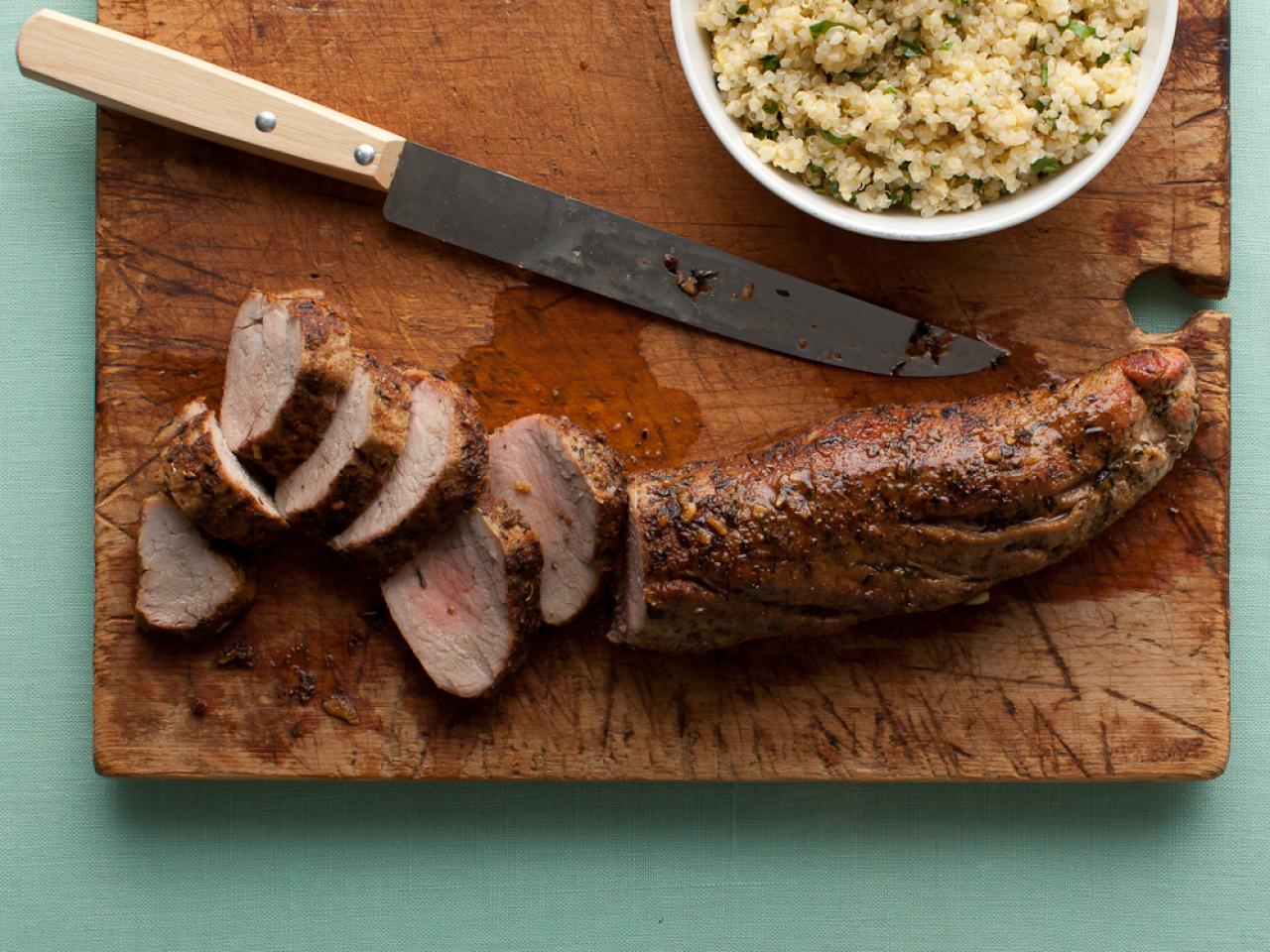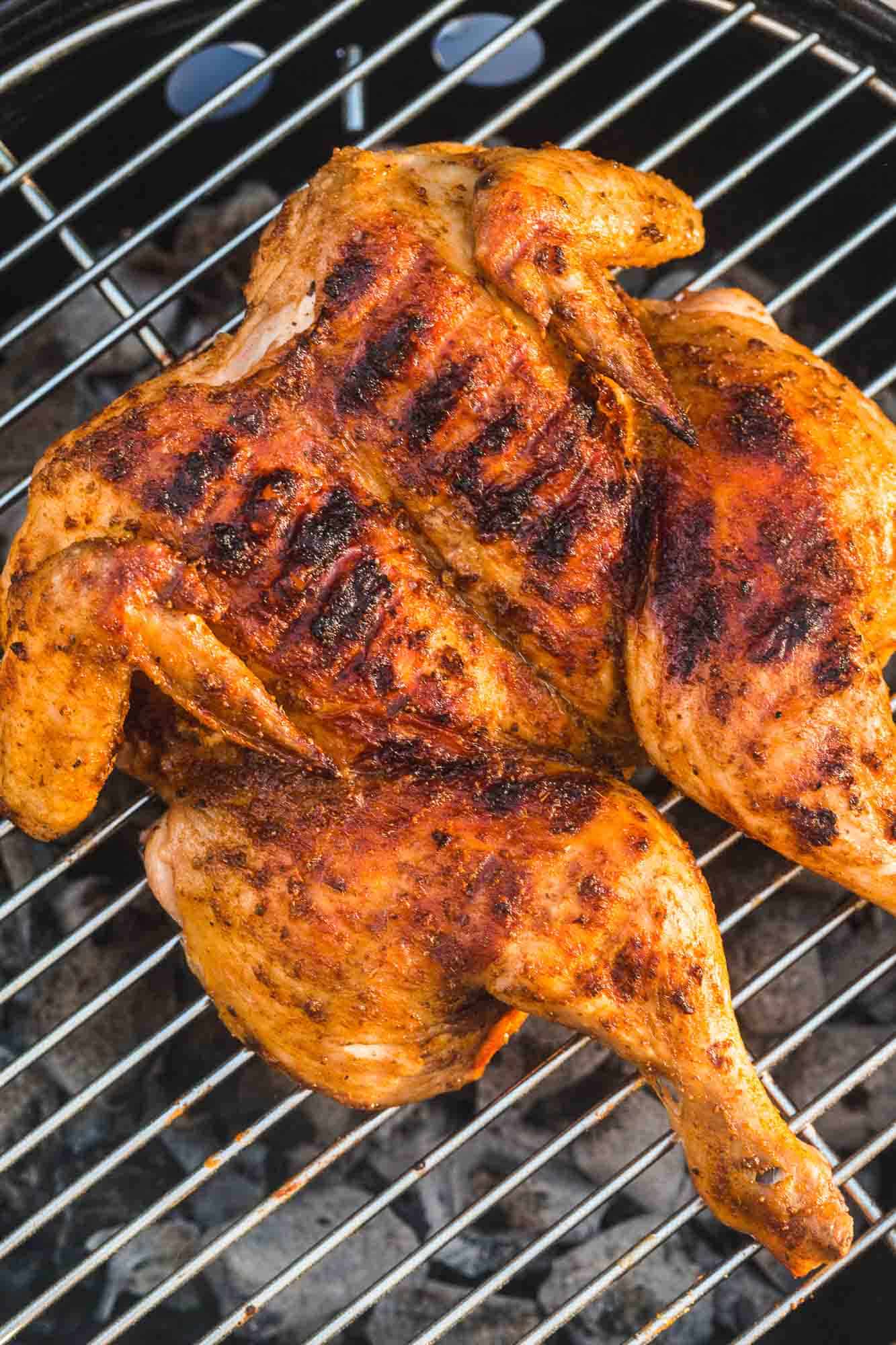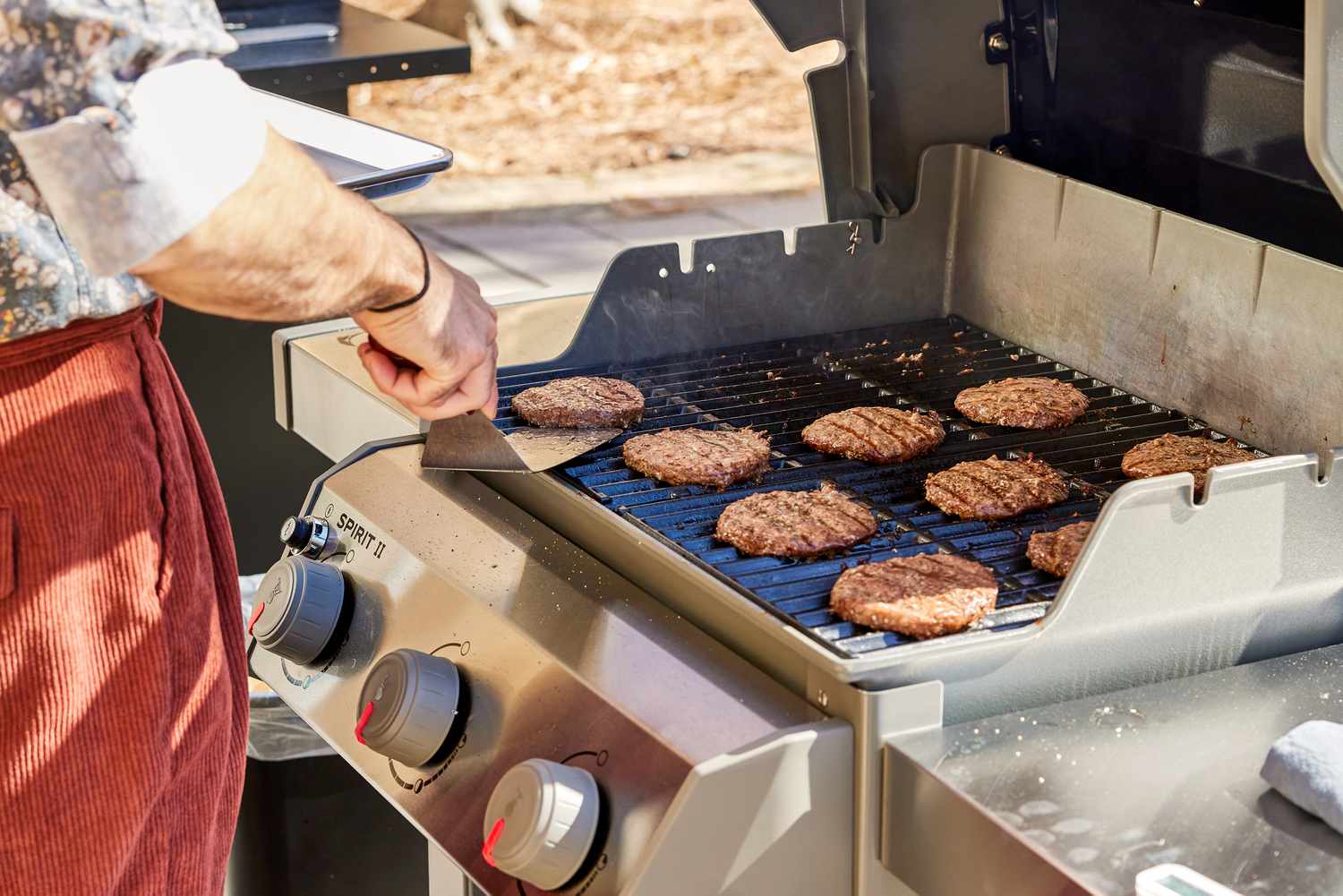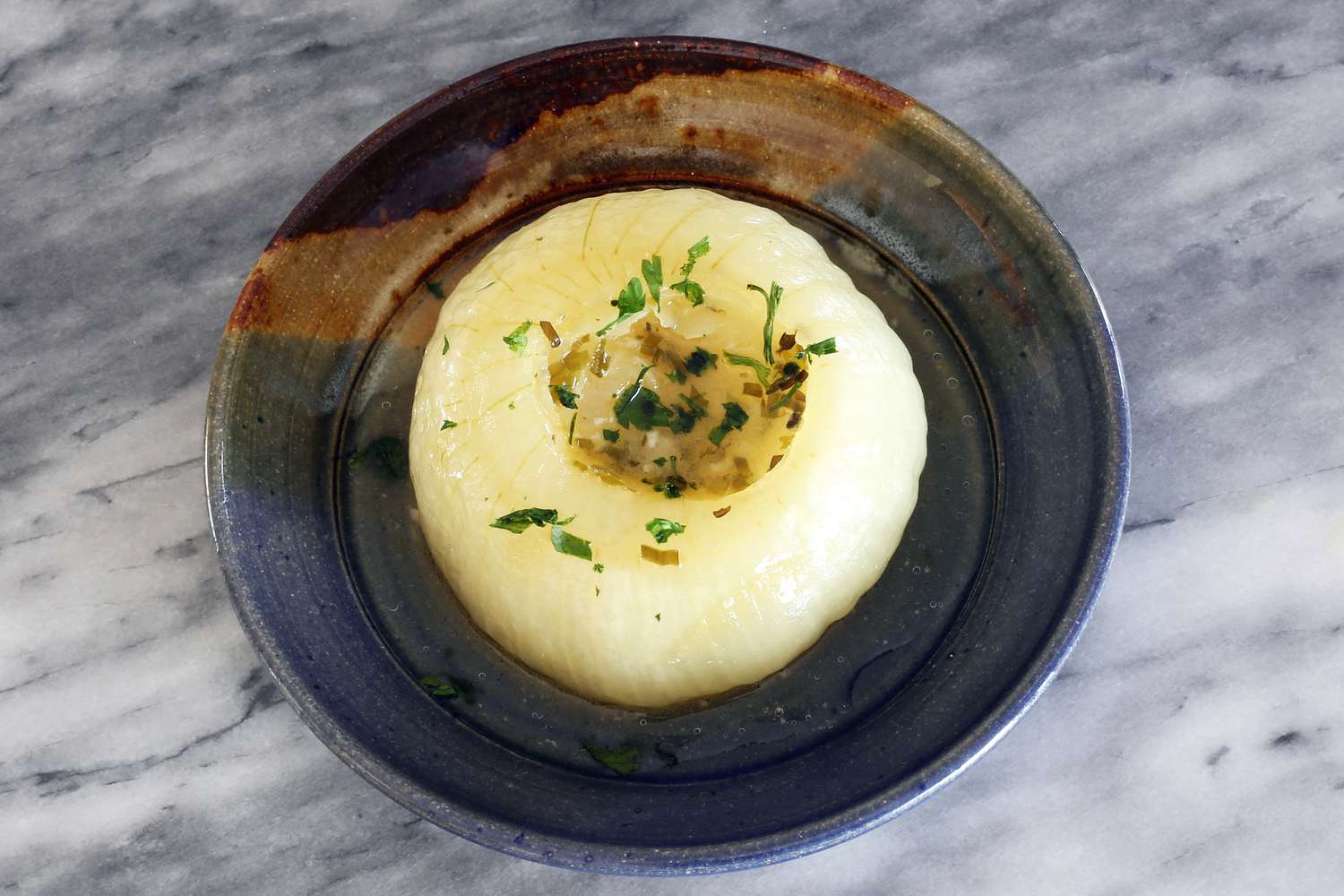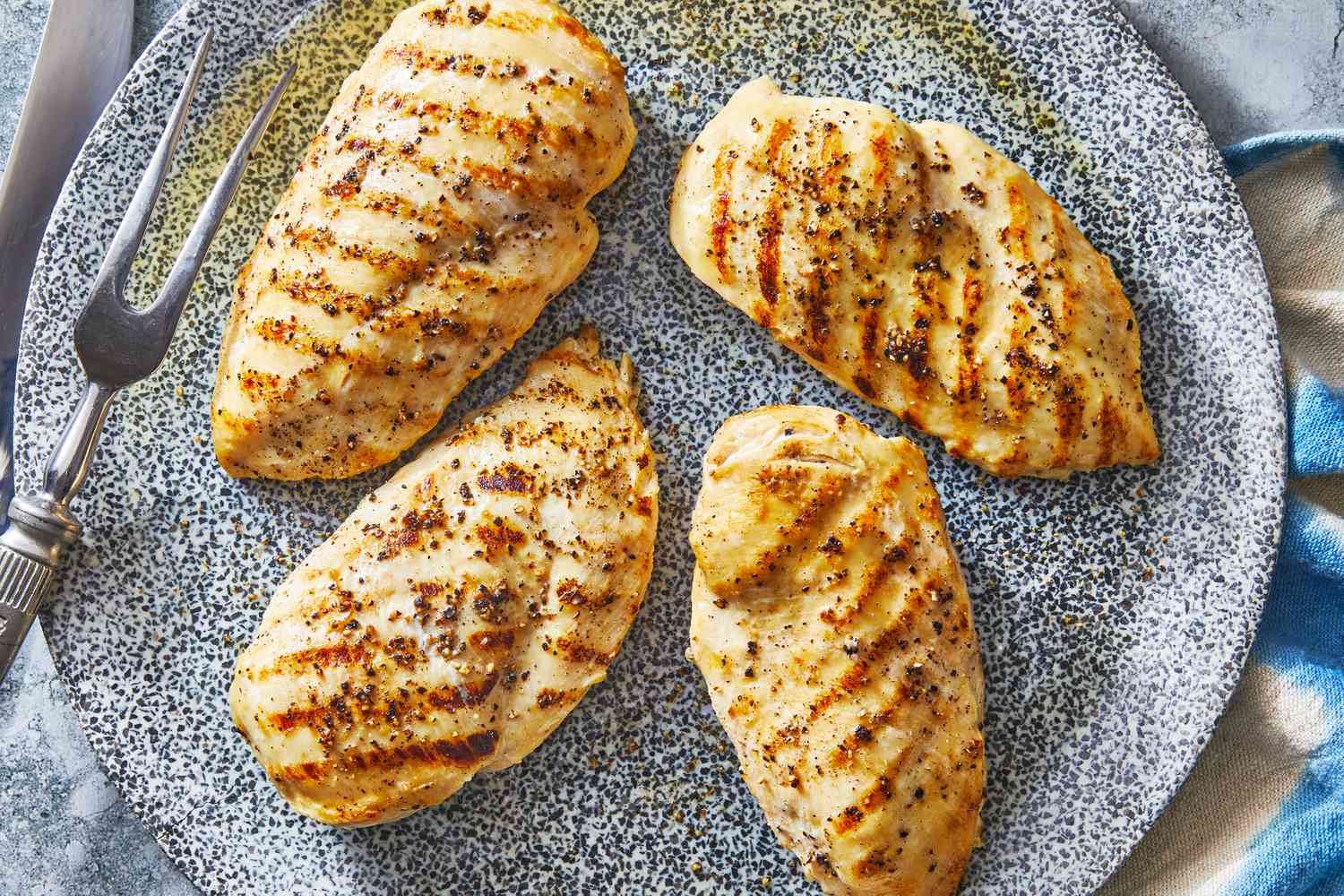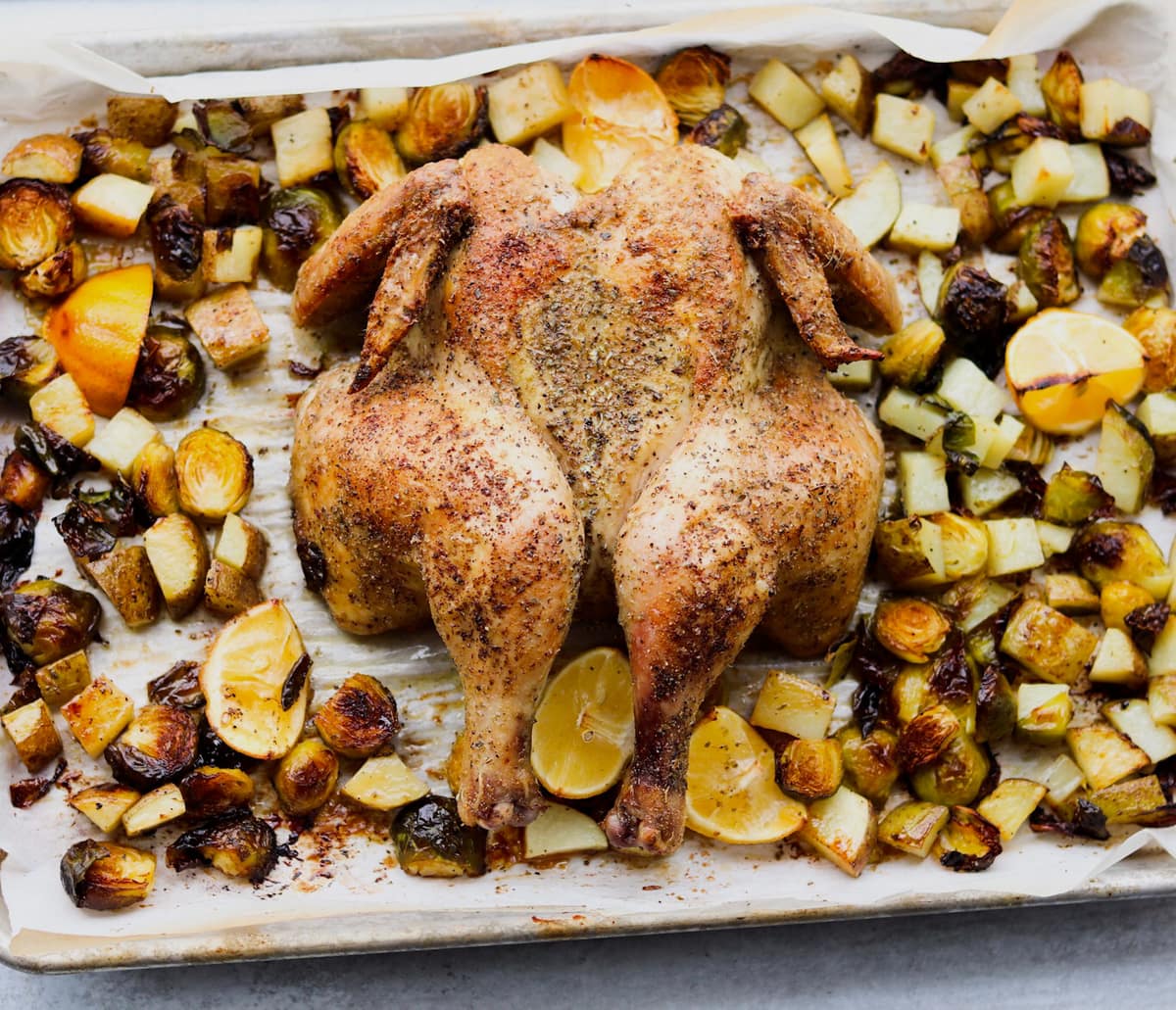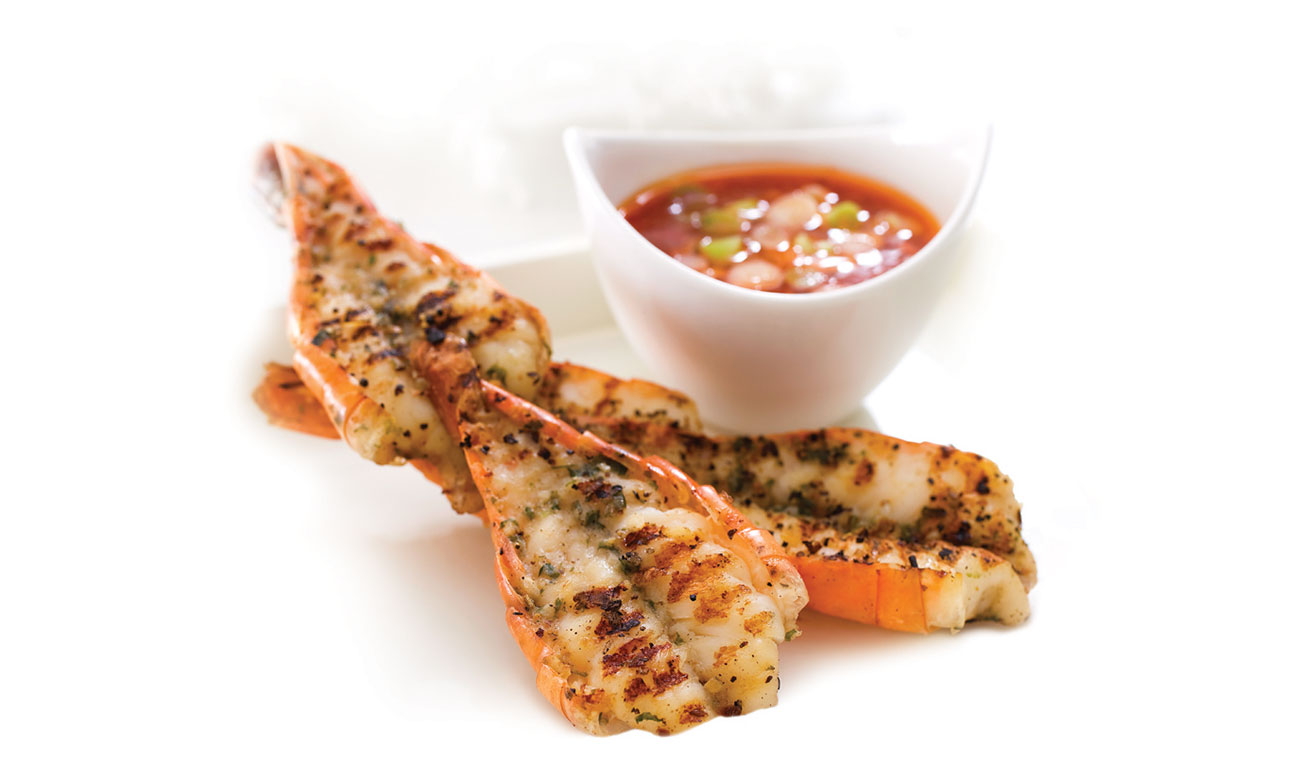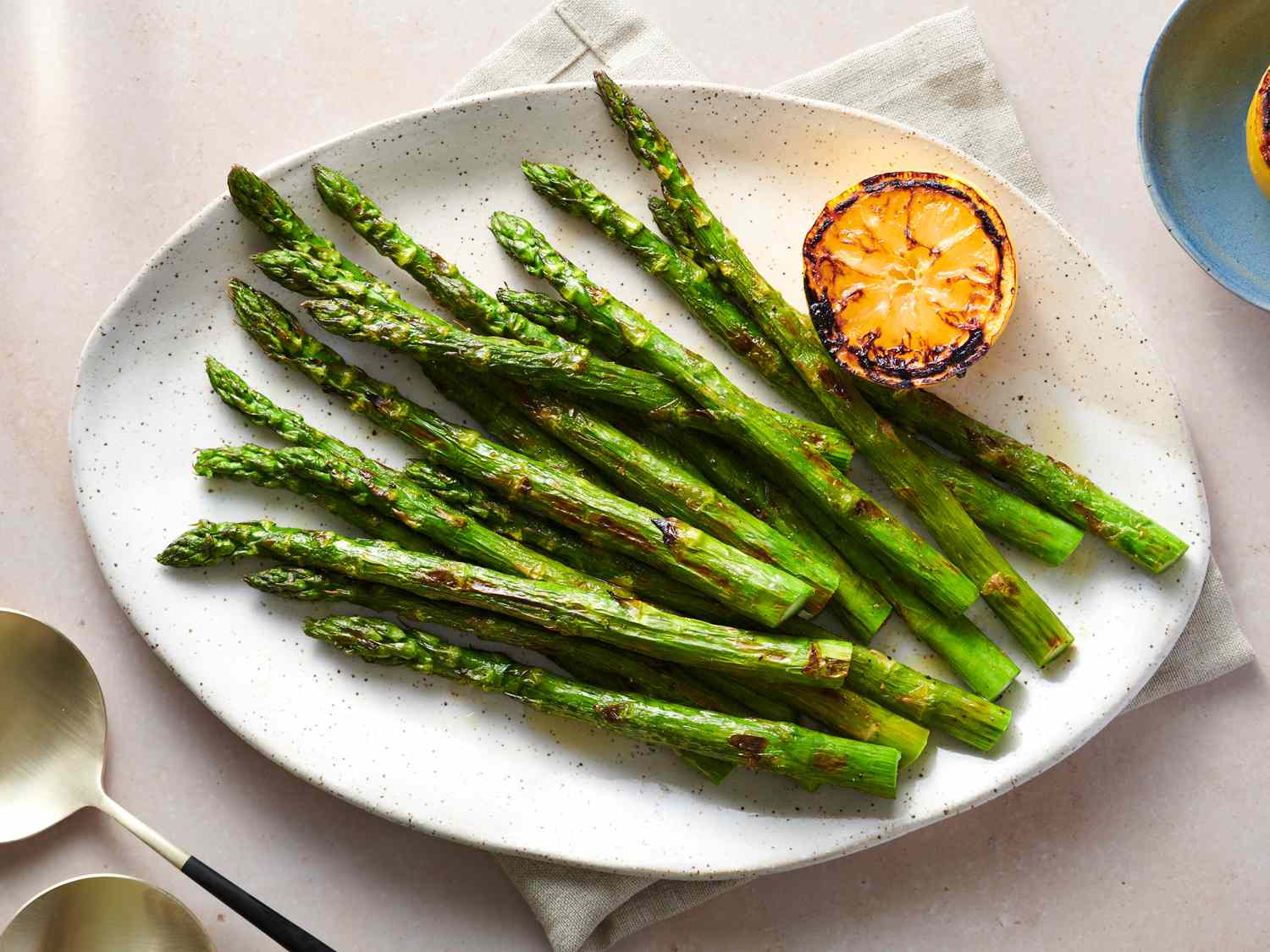The Food Lab’s Definitive Guide to Grilled Steak
Grilling the perfect steak is an art form. The sizzling sound, the mouthwatering aroma, and the juicy, tender meat are enough to make anyone’s taste buds dance with excitement. But achieving steak perfection requires knowledge, skill, and attention to detail. Thankfully, The Food Lab is here to guide you on your journey to becoming a master of the grill. Get ready to elevate your grilling game with our definitive guide to grilled steak.
1. Start with the Right Cut
The first step in grilling a delicious steak is selecting the right cut of meat. The choice of cut can make or break your grilling experience. Here are some popular cuts to consider:
- Ribeye: Known for its rich marbling and intense flavor, the ribeye is a top choice for steak enthusiasts.
- New York Strip: Also known as the strip steak, this cut is tender, well-marbled, and has a robust beefy flavor.
- Tenderloin: Often referred to as the filet mignon, this cut is incredibly tender and lean, making it a favorite among steak connoisseurs.
- Sirloin: This versatile cut offers a good balance of flavor and tenderness, making it a great choice for grilling.
Each cut has its own unique characteristics, so choose the one that best suits your preferences.
2. Preparing the Steak
Before grilling your steak, proper preparation is key to enhancing its flavor and ensuring even cooking. Here’s what you should do:
- Season: Generously season your steak with salt and freshly ground black pepper. This simple step enhances the natural flavors of the meat.
- Let it Rest: Allow your steak to come to room temperature before grilling. This ensures more even cooking and helps to retain its juiciness.
- Oil it Up: Brush a light layer of oil on both sides of the steak to prevent sticking and promote a mouthwatering crust.
3. Master the Grill
Grilling a steak to perfection requires finesse and understanding of the grill itself. Here are some tips to help you become a grill master:
- Preheat: Preheat your grill to high heat for at least 15 minutes. A hot grill ensures a nice sear on the outside while keeping the inside juicy.
- Sear and Flip: Place your steak on the hottest part of the grill and sear it for a few minutes. Flip it once and repeat the process for a perfect crust on both sides.
- Cooking Time: Use a meat thermometer to gauge the doneness of your steak. For a medium-rare steak, aim for an internal temperature of 130°F to 135°F (54°C to 57°C).
- Resting Period: Allow your steak to rest for at least 5 minutes after grilling. This allows the juices to redistribute, resulting in a more flavorful and tender steak.
4. Serving and Enjoying
Your perfectly grilled steak is now ready to be served and enjoyed. Here are some serving suggestions to enhance your steak experience:
- Slice and Serve: Slice your steak against the grain to ensure maximum tenderness.
- Sauces and Rubs: Accompany your steak with a delicious sauce or rub, like chimichurri or a classic béarnaise sauce. These additions can elevate the flavors even further.
- Pairing: Choose a suitable wine or beer that complements the flavors of your steak. A bold red wine or a hoppy IPA can be excellent choices.
Now that you’ve armed yourself with The Food Lab’s definitive guide to grilled steak, it’s time to fire up that grill and impress your family and friends with your newfound grilling skills. Remember, practice makes perfect, so keep experimenting with different cuts, seasonings, and techniques until you find your personal steak perfection. Happy grilling!
Was this page helpful?
Read Next: How To Grill-Roast A Whole Beef Tenderloin
